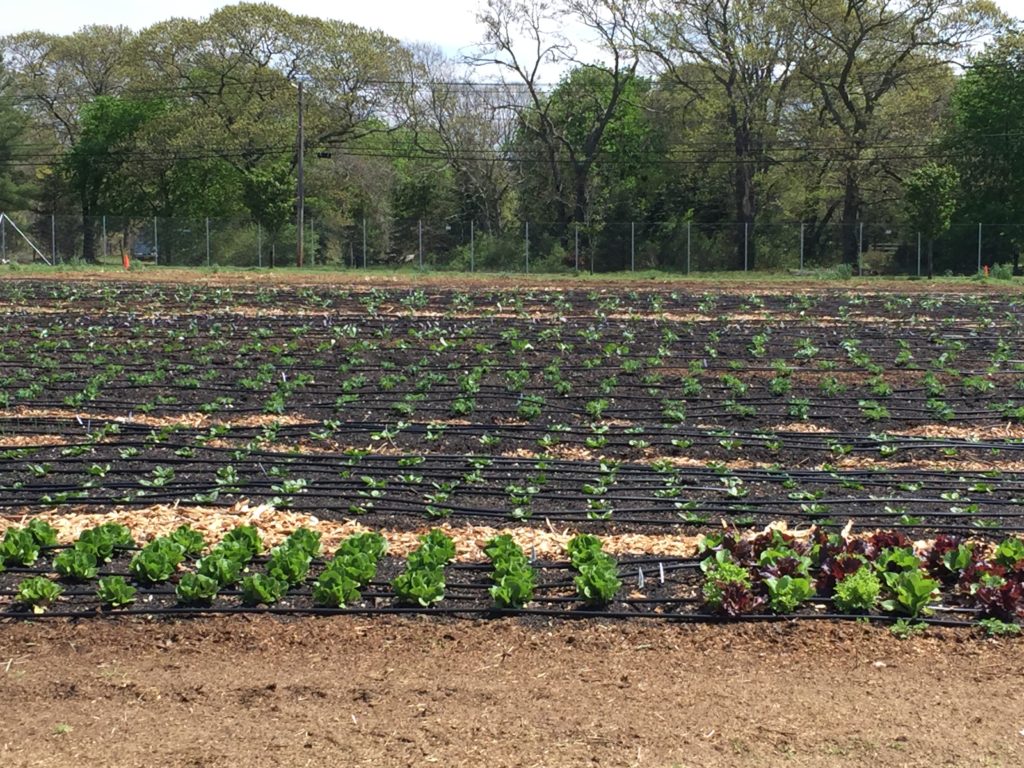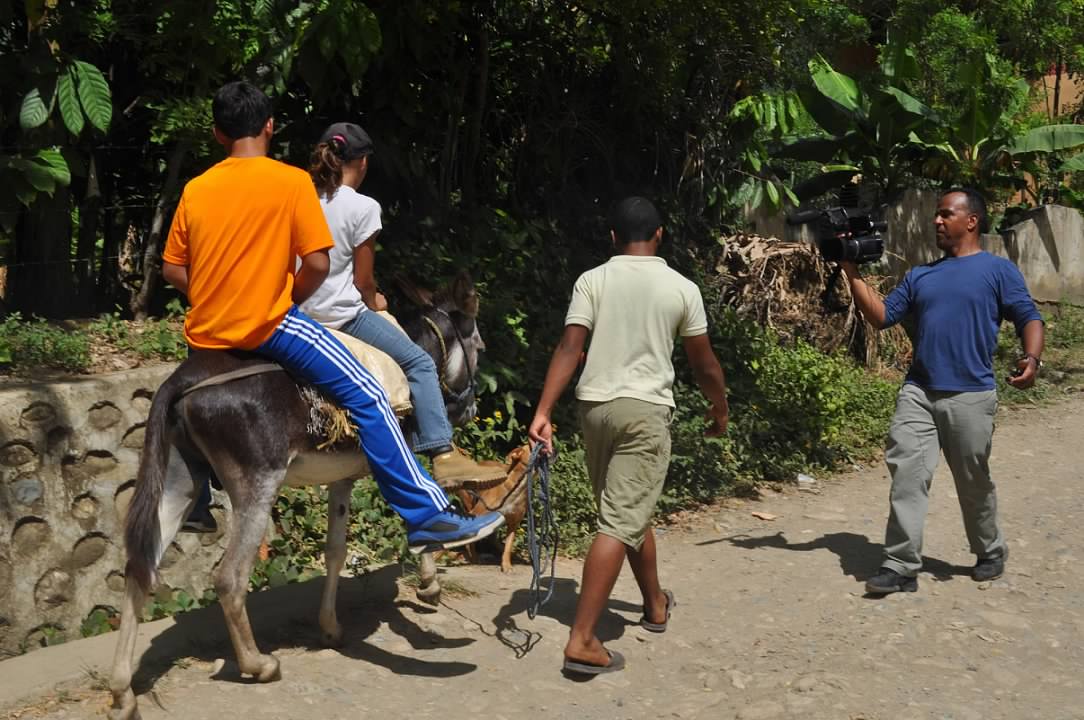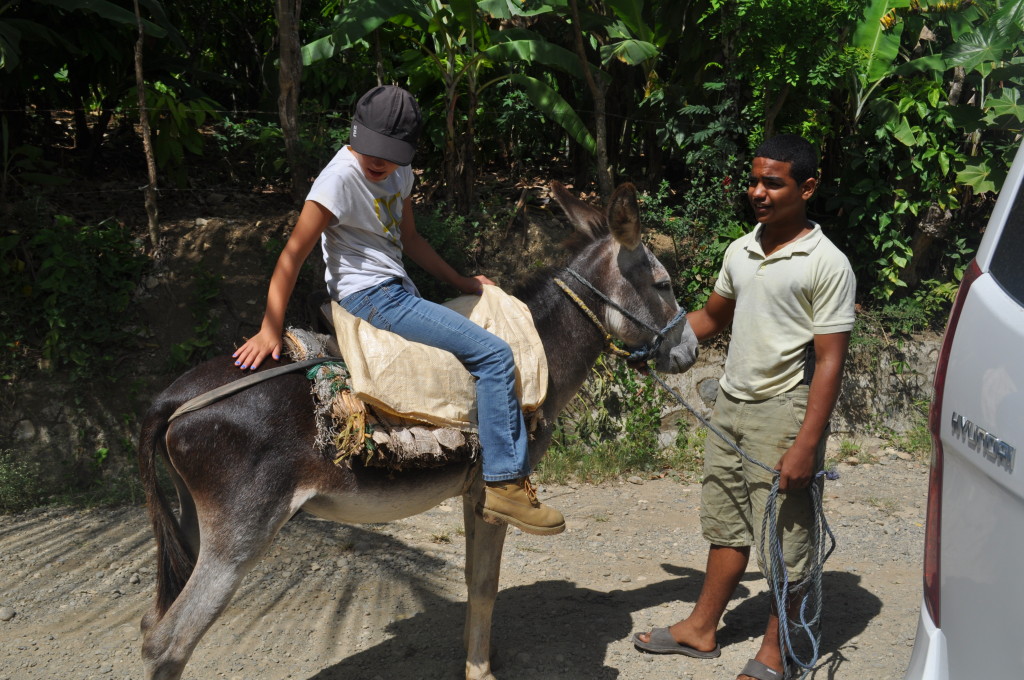While in the Dominican Republic, our agriculture trip took us through the entire chocolate making process from a 100+-year-old organic cacao farm to the local fermentation, drying, and shipping facility. We also toured Chocal a local chocolate factory managed by inspiring women from the Altamira region in the Dominican Republic.
Let’s take a quick tour of the 100+ year old organic cacao farm that we visited in Puerta Plata, Dominican Republic (Altamira region).
When you are from the United States and are asked to picture a farm, we usually imagine rows and acres of similar products such as corn, wheat, or greens. We don’t normally picture a forest, a rainforest, of lush and diverse agriculture. However, when visiting a typical cacao farm in Central America, what you see is something that resembles a rainforest filled with lush and diverse greenery and vegetation. And that is exactly what we experienced in the Dominican Republic.

We flew into the city of Santiago and drove a few hours until we reached Puerta Plata. We stayed in Cabarete, a local kite surfing town on the north shore of the Dominican Republic. It was a very laid back and diverse community with beautiful beaches, an artsy downtown area, and plenty of local, beachy restaurants.
Riding the donkey to the organic cacao farm

One morning we arose early to meet my friend Waldo’s cousin and tour the family cacao farm. Waldo’s cousin lives in the Altamira region south of Puerta Plata, Dominican Republic. Their home was very modest with a lot of open air. Apparently they were hooked up to electricity and running water very recently. We were warmly welcomed by the cousin’s family. Delicious vegetation was thriving all around their house– we ate coconuts, avocados, bananas, and mangos right from the trees. And every time we visited the house, we had the opportunity to indulge in the local cuisine.
We walked for about a half-mile up the dirt road from their house. My daughter and Waldo’s son rode the rambunctious donkey, trekking up the road. What looked like a wooden fence separating the road from a lush forest, was a simple entrance to their organic cacao farm. We entered the lush green jungle of cacao.
As we walked deeper into the forest away from the dirt road, we followed the trails passing bananas, pineapple, mangoes and cacao. Everywhere you looked, there were cacao trees and empty cacao pods from past harvests – there was such a lush green invigorating presence all around us. You couldn’t really see the sky as the cacao trees formed a canopy above the forest.
During our trek into the farm, there was a thunderstorm and torrential downpour. During the first several minutes, we didn’t even feel the rain because the canopy was so thick above us, but eventually we had to take shelter.
Learning how machetes are really used in the rainforest
Using a machete, Waldo’s cousin collected several cacao pods and took them to an area where he and his son demonstrated how they harvest, break open the pods with machetes, and remove the pulp.
Using a machete, they opened the cacao displaying the white, milky pulp. The pulp was pulled out and put into a brown sack while the empty cacao pods were discarded on the forest floor. Once the bag was full (and it was very heavy), it was placed on the donkey who would bring it back to their homes. The sacks were then delivered or picked up by the fermentation facility for fermenting, drying and shipping.
The business of organic cacao farming
The facility that Waldo’s cousin utilizes is called BioCafcao. with a tagline that states the best in quality and tracability. BioCafcao is doing similar work to what Maya Mountain is doing in Belize. They are working with local Dominican farmers who needed help with their growing and harvesting practices and were struggling to get their cacao to market. With changes in the environment, farmers have had to tackle all sorts of agricultural and environmental challenges in growing healthy, organic cacao. In addition, ports are miles away and require good transportation. Many farmers do not have adequate transportation to bring their product to ports and they do not have the time to take these long trips.
BioCafcao is focused on not only taking over the fermentation, drying and shipping process, but have helped farmers from an education perspective. They have helped them to remain organic in many cases.
BioCafcao has a Rainforest Alliance certification. Rainforest Alliance certifies businesses globally who are meeting strict standards around sustainability and improved worker conditions, wages and safety. BioCafcao ships most of their cacao to Europe. A significant portion of the cacao coming from the Altamira region of the Dominican Republic is used by Green and Blacks which is now owned by Kraft Foods.
So when you check out a chocolate bar from Green and Blacks, you now some of the story behind how that bar was grown and produced!
